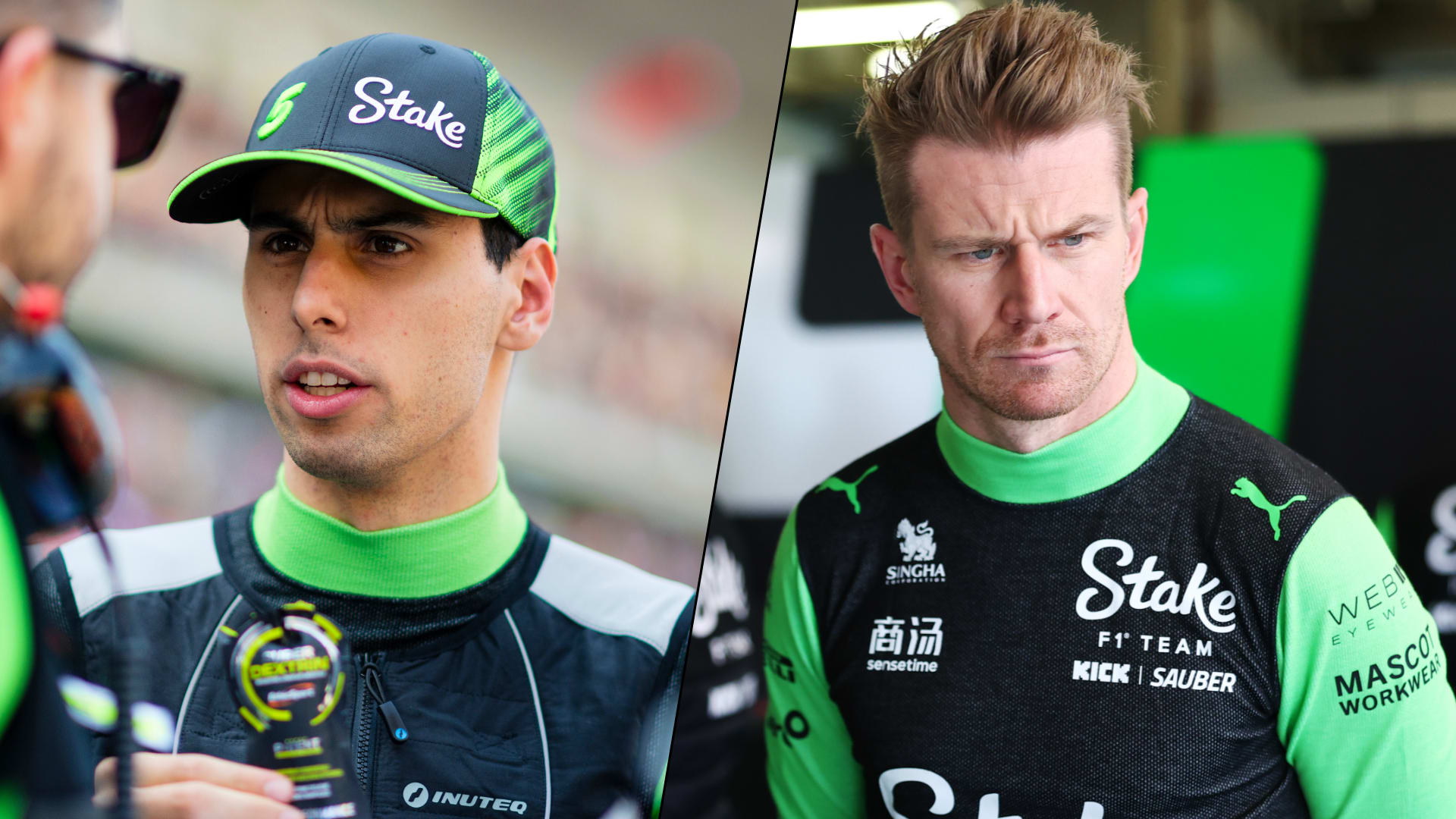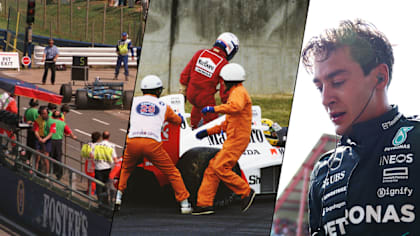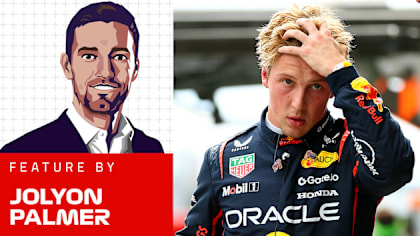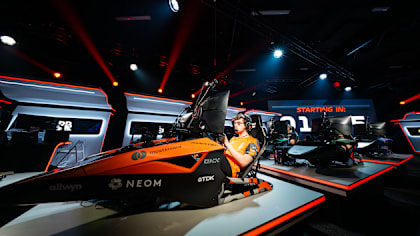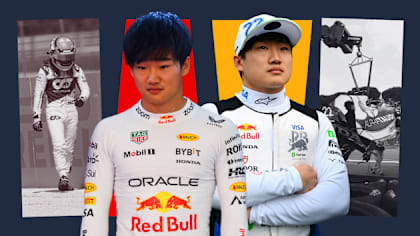)
Feature
5 things we learned from Friday’s running at the Austrian Grand Prix
Share
)
The Red Bull Ring’s capacity crowd of 95,000 was treated to a cracker of a qualifying session on Friday, on what is 2022’s second Formula 1 Sprint weekend of the year. With only one practice hour on Friday, there is a limited amount of data to go on so this feature will look a little different to normal – but there’s still plenty to dig into...
1. Red Bull and Ferrari are locked in a tight fight
Max Verstappen conjured up an incredible final sector, which is only a couple of turns in Austria, to snatch pole position by the smallest of margins, with the top three – also featuring the two Ferraris of Charles Leclerc and Carlos Sainz – separated by less than a tenth of a second.
READ MORE: Verstappen beats Ferraris to pole in Austria as both Mercedes crash out of Q3
When we crunched the numbers, Red Bull had around 0.2s advantage over their red rivals, which would take into account the factor that Verstappen’s middle sector was not even a personal best.
Mercedes were third best, comfortably clear of Alpine, though we were robbed of seeing their true pace with both Lewis Hamilton and George Russell crashing out separately in Q3, each causing a red flag.
)
2. Ferrari quicker in high speed, Red Bull edge it in slow speed
When breaking down how Red Bull and Ferrari compare, our data shows that Red Bull have a slender advantage in the slow-speed corners, with Ferrari having an even smaller edge in the medium turns.
It’s in the high-speed stuff that the F1-75 extends its advantage to nearly 0.1s – and there’s very little in it when it comes to straight-line speed.
Mercedes are giving away around 0.1s to Ferrari and just a bit less to Red Bull on the straights, but they hold the advantage over the entire field in the medium speed corners.
They’ll start Saturday’s F1 Sprint fifth with Russell and 10th with Hamilton.
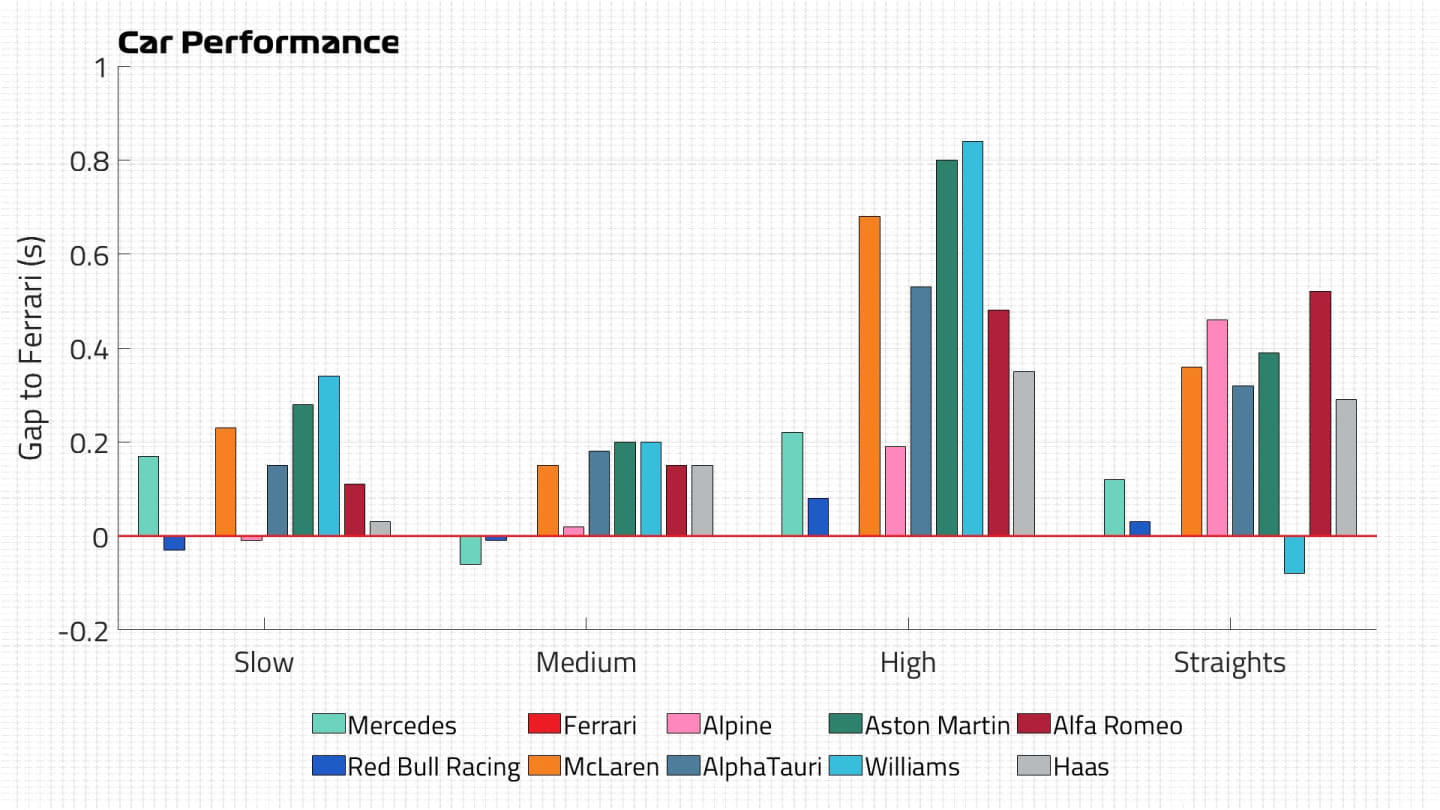
3. Mercedes were third-best on one-lap pace
We heard on Lewis Hamilton’s team radio that the team felt third or maybe even the front row was possible had he not uncharacteristically crashed out.
But our data shows that based on the running we saw, even if Hamilton and Russell had got their best laps in the bag, they would have been fourth and fifth respectively.
Carlos Sainz would have dropped further back from the leading duo of Verstappen and Leclerc while Fernando Alonso would have been seventh, rather than ninth.
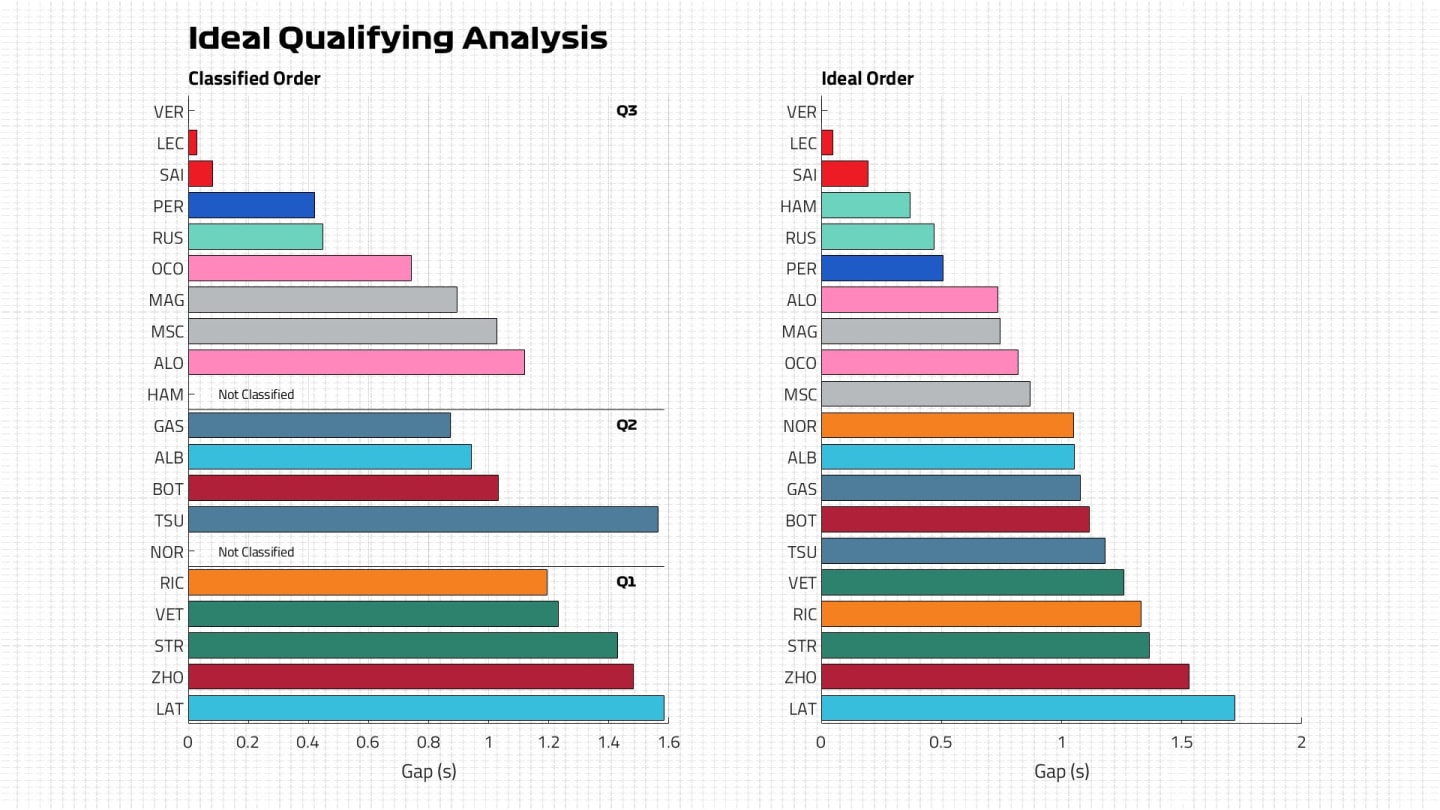
4. Medium tyres offer the quickest strategy
Starting the F1 Sprint on the soft tyre will give a driver extra zip off the line, while also showing superior pace until around Lap 18.
It is then that the medium becomes the faster tyre – and by the end of the 24-lap race, it’s five seconds faster, making it the quickest strategy.
FACTS AND STATS: Verstappen moves ahead of Leclerc in all-time pole list
The soft tyre is the more attacking strategy until it requires a staunch defence for the end of the stint.
The medium, meanwhile, can be pushed harder, but might see a driver lose positions at the start.
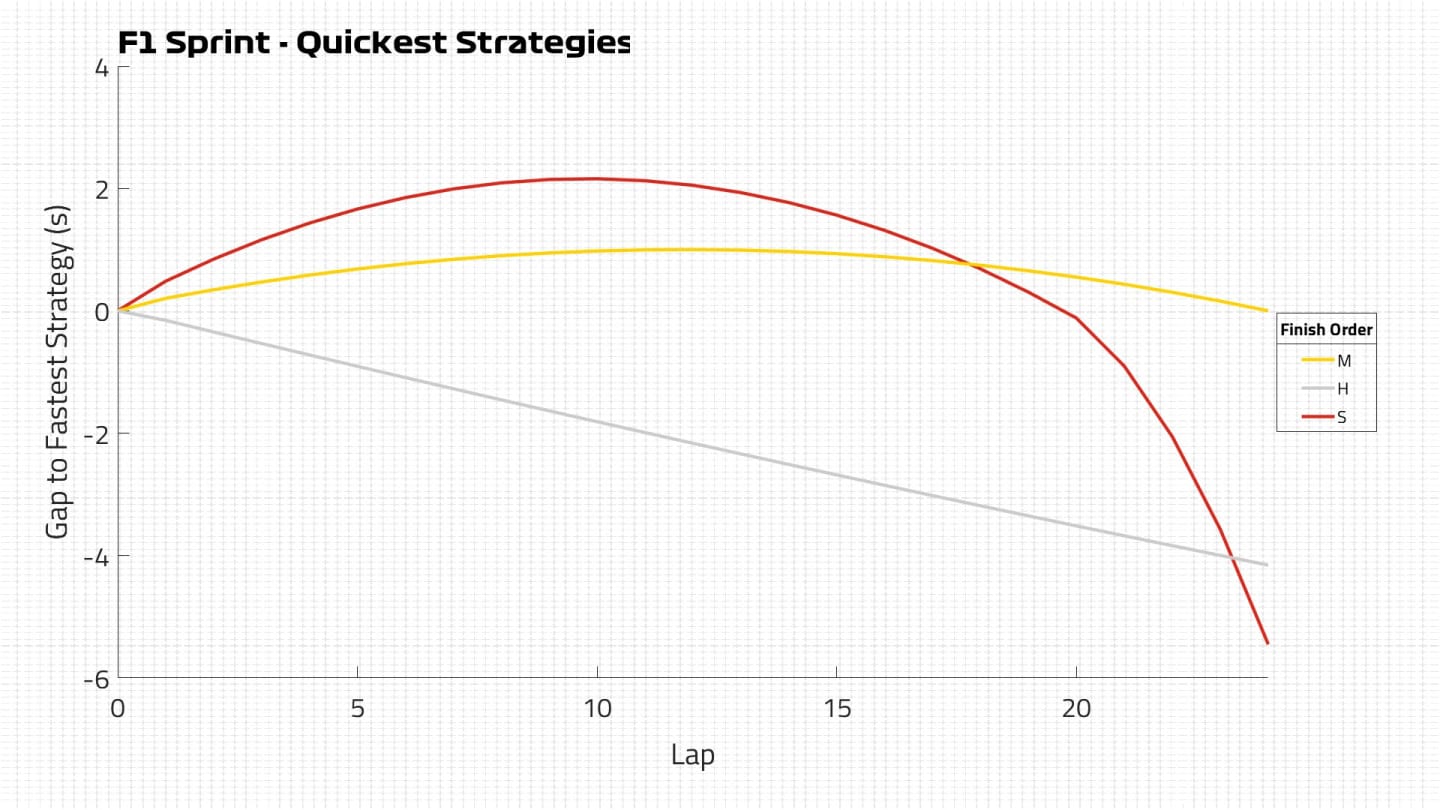
5. Little to choose between medium and hard on long runs
Sunday’s main event – the Grand Prix – runs to 71 laps owing to a short track that features only 10 corners.
Last year, the winning strategy was a two-stopper: a medium opening stint followed by two runs on the hard.
Our data shows that the soft will start to tail off around Lap 25, with pace falling away dramatically. The medium will go to around Lap 38 before it has a more gentle drop off.
The hard is the most consistent, crossing over with the soft around Lap 26 and the medium at Lap 40.
)
YOU MIGHT ALSO LIKE
Feature From infamous title deciders to home race heartbreaks – 7 of the most dramatic disqualifications in F1 history
FeatureF1 Unlocked PALMER: Why has Lawson struggled at Red Bull – and should they swap him for Tsunoda?
Video LIVESTREAM: Watch all the Round 11 action from the 2025 F1 Sim Racing World Championship at the Lusail International Circuit
Feature From rookie rage to an ‘outstanding’ all-rounder – Tsunoda’s rollercoaster ride to a Red Bull seat
